-
 Bitcoin
Bitcoin $117400
-0.46% -
 Ethereum
Ethereum $3768
0.60% -
 XRP
XRP $3.551
2.09% -
 Tether USDt
Tether USDt $1.000
0.00% -
 Solana
Solana $203.2
11.30% -
 BNB
BNB $770.9
1.92% -
 USDC
USDC $0.9999
0.01% -
 Dogecoin
Dogecoin $0.2709
-0.02% -
 Cardano
Cardano $0.9024
4.49% -
 TRON
TRON $0.3139
0.60% -
 Hyperliquid
Hyperliquid $45.60
-1.41% -
 Stellar
Stellar $0.4730
-1.34% -
 Sui
Sui $4.025
2.15% -
 Chainlink
Chainlink $19.79
2.19% -
 Hedera
Hedera $0.2724
-2.39% -
 Avalanche
Avalanche $25.93
3.05% -
 Bitcoin Cash
Bitcoin Cash $524.0
-1.83% -
 Shiba Inu
Shiba Inu $0.00001558
0.50% -
 Litecoin
Litecoin $116.7
-0.30% -
 UNUS SED LEO
UNUS SED LEO $8.996
0.00% -
 Toncoin
Toncoin $3.334
1.83% -
 Polkadot
Polkadot $4.506
0.34% -
 Uniswap
Uniswap $10.99
4.83% -
 Ethena USDe
Ethena USDe $1.001
0.03% -
 Pepe
Pepe $0.00001461
3.17% -
 Monero
Monero $320.3
-1.01% -
 Bitget Token
Bitget Token $4.935
0.36% -
 Dai
Dai $0.9998
0.00% -
 Aave
Aave $322.4
-1.25% -
 Bittensor
Bittensor $455.6
9.33%
Coinbase vs Binance for futures trading
Coinbase and Binance differ significantly in futures trading: Coinbase offers simplicity and regulation with up to 5x leverage, while Binance provides advanced tools, higher leverage up to 125x, and more assets—but check regional restrictions.
Jul 22, 2025 at 03:22 pm
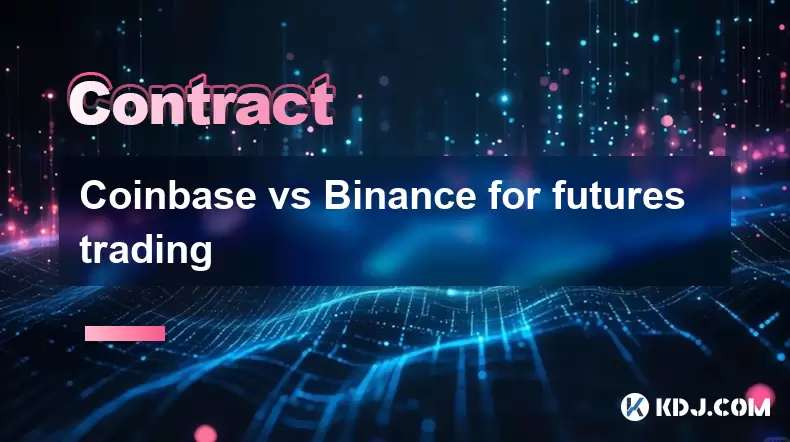
Platform Overview: Coinbase and Binance
When comparing Coinbase and Binance for futures trading, it's essential to understand each platform's foundational offerings. Coinbase is a U.S.-based exchange known for its regulatory compliance and user-friendly interface, making it ideal for beginners. Binance, originally from China but now globally accessible, emphasizes advanced trading tools and a broader selection of cryptocurrencies. Both support futures contracts, but the depth of features, leverage options, and availability differ significantly based on your location and trading goals.
Fees and Leverage Structures
Fees and leverage directly impact profitability in futures trading.
- Coinbase offers up to 5x leverage on select pairs and charges a taker fee of 0.02% and a maker fee of 0.02% (as of latest data).
- Binance provides up to 125x leverage on certain assets like BTC/USDT and uses a tiered fee structure based on 30-day volume and BNB holdings. Taker fees can drop to 0.02%, while maker fees can reach -0.005% for high-volume traders.
Users must check their account tier in Binance settings under "Fee & Commission" to see personalized rates. In Coinbase, leverage settings are found under "Futures" → "Account Settings" → "Leverage."Supported Assets and Contract Types
The range of tradable assets influences strategy flexibility. - Coinbase supports futures for major assets like Bitcoin (BTC), Ethereum (ETH), and Solana (SOL), focusing on high-liquidity pairs.
- Binance lists over 100 futures contracts, including altcoins like MATIC, DOT, and even newer tokens such as TIA and JUP.
Both offer perpetual and quarterly futures. To access quarterly contracts on Binance: - Go to "Futures" → "USDⓈ-M" → click the dropdown next to the trading pair → select "Quarterly."
Coinbase limits users to perpetual contracts only, accessible from the main futures dashboard.Interface and Order Execution
User experience affects trade accuracy and speed. - Coinbase uses a simplified interface with one-click order types (Market, Limit, Stop-Limit). Advanced charting is limited to TradingView integration.
Binance offers a full-featured trading terminal with OCO (One-Cancels-the-Other), trailing stops, and customizable layouts. To set a trailing stop:
- Click "Stop-Market" or "Stop-Limit" → toggle "Trailing" → input "Activation Price" and "Callback Rate" (e.g., 0.5% for BTC).
Binance also allows direct API key generation for automated trading: "API Management" → "Create API" → enable "Futures" permissions.Risk Management Tools
Effective risk control is critical in leveraged trading.
- Click "Stop-Market" or "Stop-Limit" → toggle "Trailing" → input "Activation Price" and "Callback Rate" (e.g., 0.5% for BTC).
- Coinbase provides automatic liquidation notifications via email and in-app alerts. Users set margin mode (cross or isolated) during position creation.
Binance includes advanced tools like:
- Auto-deleveraging (ADL) rankings shown in "Position" tab.
- Manual margin adjustment: click "Add/Reduce Margin" in open position.
- Insurance fund balance visible in "Futures Wallet" → "Insurance Fund."
To switch from cross to isolated margin on Binance:
- Hover over position → click "Cross" → select "Isolated."
Regulatory and Geographic Restrictions
Availability shapes accessibility. - Coinbase restricts futures trading to U.S. residents only, excluding New York and Hawaii. KYC verification is mandatory.
- Binance offers futures globally except in the U.S., Canada, and a few other jurisdictions. Non-U.S. users must complete identity verification under "ID Verification" → "Verify Now."
Binance also enforces IP checks—if detected in a restricted region, users must use a local exchange like Binance Jersey for Europe.Frequently Asked Questions
Can I trade futures on Coinbase without KYC?
No. Coinbase requires full identity verification before enabling futures trading. Navigate to "Identity Verification" in settings and submit government-issued ID and proof of address.How do I calculate liquidation price on Binance?
Use the formula:Liquidation Price = Entry Price × (1 - Maintenance Margin Rate / Leverage)
Binance displays this automatically in the "Position" tab. For example, a BTC long at $60,000 with 10x leverage and 0.5% maintenance margin liquidates at $57,000.Why can't I see futures on my Binance app?
Ensure you’re on the correct version:- Download "Binance" (not Binance.US).
- Enable futures in "App Settings" → "Trading" → toggle "Futures Trading."
- Complete identity verification if prompted.
Does Coinbase offer copy trading for futures?
No. Coinbase does not support copy or social trading features. Binance offers "Leaderboard" under "Futures" → "Copy Trading" for mirroring expert traders.
Disclaimer:info@kdj.com
The information provided is not trading advice. kdj.com does not assume any responsibility for any investments made based on the information provided in this article. Cryptocurrencies are highly volatile and it is highly recommended that you invest with caution after thorough research!
If you believe that the content used on this website infringes your copyright, please contact us immediately (info@kdj.com) and we will delete it promptly.
- XRP, Bitcoin, Ripplecoin: Navigating the Crypto Landscape in 2025
- 2025-07-22 20:30:13
- Cardano Ecosystem Watch: Can PayFi Token Remittix Trigger an ADA Overtake?
- 2025-07-22 20:50:13
- JasmyCoin Price Forecast: Chart Analysis Points to Potential Surge
- 2025-07-22 20:55:13
- Trump, Bitcoin, and Altcoins: A New York Minute on Crypto's Political Play
- 2025-07-22 21:00:13
- Shiba Inu, XRP, and Little Pepe: Navigating the Meme Coin Mania in NYC
- 2025-07-22 21:30:13
- Bitcoin's Role in IntelBroker's Takedown: A New Era of Crypto Crime Enforcement
- 2025-07-22 21:10:15
Related knowledge

KuCoin Futures restricted countries
Jul 22,2025 at 09:00pm
Understanding KuCoin Futures and Geographic RestrictionsKuCoin Futures is a popular platform for trading perpetual and delivery futures contracts on c...

How to set a stop loss on KuCoin Futures?
Jul 22,2025 at 08:01pm
Understanding Stop Loss in KuCoin FuturesA stop loss is a risk management tool that automatically closes a position when the market moves against you ...
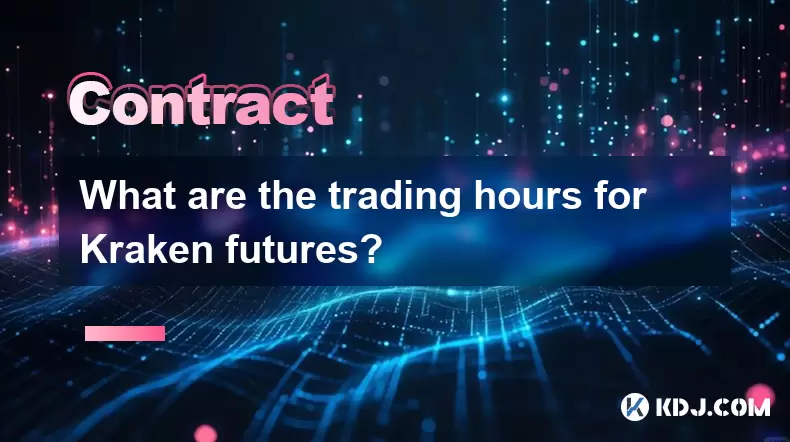
What are the trading hours for Kraken futures?
Jul 22,2025 at 08:49pm
Understanding Kraken Futures Trading HoursKraken Futures, a product of the well-established cryptocurrency exchange Kraken, offers users the ability t...
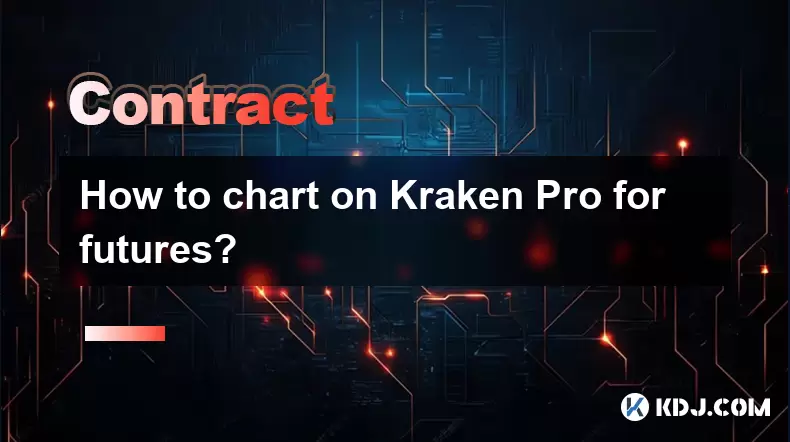
How to chart on Kraken Pro for futures?
Jul 22,2025 at 07:42pm
Understanding Kraken Pro Futures InterfaceBefore diving into charting, it’s essential to recognize how Kraken Pro structures its futures trading envir...
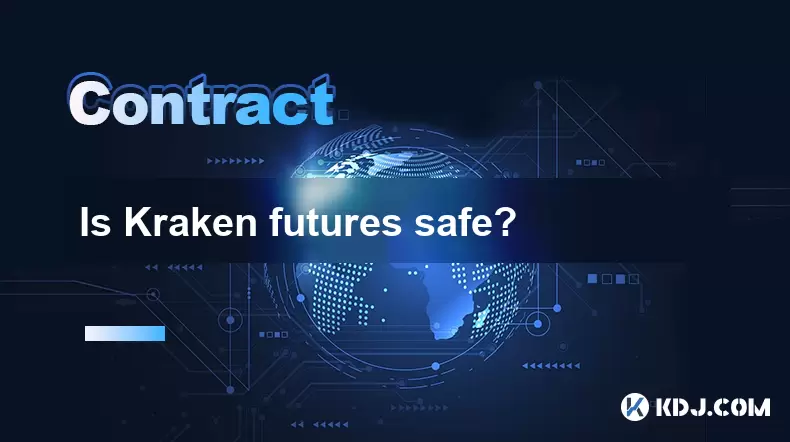
Is Kraken futures safe?
Jul 22,2025 at 08:07pm
Understanding Kraken Futures and Its Regulatory FrameworkKraken Futures, operated by the well-known cryptocurrency exchange Kraken, is a platform desi...
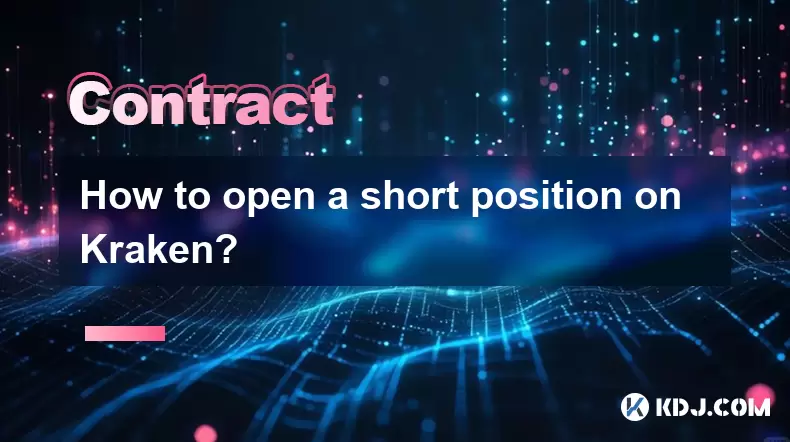
How to open a short position on Kraken?
Jul 22,2025 at 05:00pm
Understanding Short Positions in CryptocurrencyA short position allows traders to profit from a decline in the price of an asset. On Kraken, this is p...

KuCoin Futures restricted countries
Jul 22,2025 at 09:00pm
Understanding KuCoin Futures and Geographic RestrictionsKuCoin Futures is a popular platform for trading perpetual and delivery futures contracts on c...

How to set a stop loss on KuCoin Futures?
Jul 22,2025 at 08:01pm
Understanding Stop Loss in KuCoin FuturesA stop loss is a risk management tool that automatically closes a position when the market moves against you ...

What are the trading hours for Kraken futures?
Jul 22,2025 at 08:49pm
Understanding Kraken Futures Trading HoursKraken Futures, a product of the well-established cryptocurrency exchange Kraken, offers users the ability t...

How to chart on Kraken Pro for futures?
Jul 22,2025 at 07:42pm
Understanding Kraken Pro Futures InterfaceBefore diving into charting, it’s essential to recognize how Kraken Pro structures its futures trading envir...

Is Kraken futures safe?
Jul 22,2025 at 08:07pm
Understanding Kraken Futures and Its Regulatory FrameworkKraken Futures, operated by the well-known cryptocurrency exchange Kraken, is a platform desi...

How to open a short position on Kraken?
Jul 22,2025 at 05:00pm
Understanding Short Positions in CryptocurrencyA short position allows traders to profit from a decline in the price of an asset. On Kraken, this is p...
See all articles

























































































